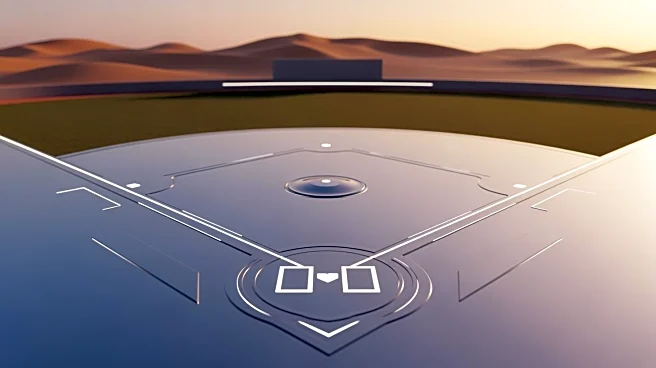What's Happening?
Swiss startup Jekta has announced a collaboration with Innovative Aerosystems (IA) to develop a customized flight deck for its PHA-ZE 100 amphibious aircraft. The agreement, revealed on November 17, involves
integrating IA's Liberty flight deck technology into the aircraft, which is currently under development. The PHA-ZE 100, which debuted in Abu Dhabi in 2022, is undergoing flight testing with a 1:9 scale model. The new flight deck system will enhance operational capabilities and safety by using logic and AI to improve redundancy and mitigate technical failures. The system is designed to reduce pilot workload, especially in challenging environments, and facilitate communication through text-based messaging. The aircraft has already secured over $1.35 billion in commitments from operators in the Middle East, India, and Asia.
Why It's Important?
The development of the PHA-ZE 100 with a customized flight deck represents a significant advancement in amphibious aircraft technology. This collaboration highlights the growing demand for versatile aircraft capable of operating in diverse and challenging environments. The integration of advanced avionics systems is crucial for improving safety and efficiency in aviation, particularly for operations in remote or non-English speaking regions. The substantial financial commitments from international operators underscore the market's confidence in the aircraft's potential. This development could lead to increased adoption of amphibious aircraft, expanding their use in commercial, rescue, and firefighting operations.
What's Next?
The first PHA-ZE 100 aircraft is expected to enter service in 2030 with Dubai-based Gayo Aviation as the launch customer. Jekta's ongoing collaborations with various international partners suggest a strategic focus on expanding the aircraft's operational footprint. As the development progresses, further testing and refinement of the flight deck system will be crucial. The aviation industry will likely monitor the project's advancements closely, as successful implementation could set new standards for amphibious aircraft technology.













